August 10
Arrived in Palmer and got set up at The Springer RV. Off to the Visitor's Center for local info.

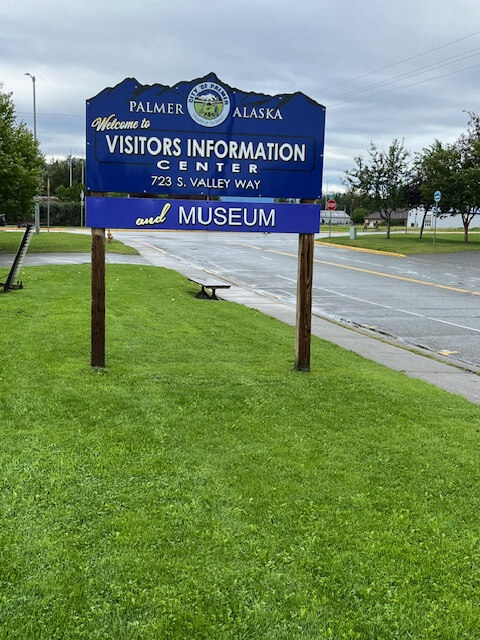
August 11
Discovering Hatcher's Pass: A Day of Natural Beauty and History
We packed a lunch and set off for Hatcher's Pass. The drive along the raging Little Susitna River was absolutely breathtaking. Along the way, we spotted some folks picking blueberries, though we were informed that most of the berries aren't ripe yet due to an unusually cool summer.
Our adventure included a stop at Independence Mine State Historical Park, where we embarked on a self-guided tour. It was fascinating to get a glimpse into what life was like in one of Alaska's largest gold mining camps. Seeing snow still clinging to the mountain peaks from the night before was an unexpected and delightful treat.
The historical park was a self-contained community that had everything from a bank, school, apartments and a “Boomtown” area for miners with families, complete with a power plant and much more.. The rich history and structures make Independence Mine State Historical Park a must-visit destination if you find yourself in the area.
Many of the buildings had all the equipment taken out and eventually they collapsed. The restoration foundation for the Independence Mine recently received a grant for 1.5 million dollars to start renovating.
Whether you're a history buff, a nature enthusiast, or simply looking for a beautiful place to explore, Hatcher's Pass is sure to captivate your heart.
Fun Facts:
Independence Mine is a huge, abandoned gold mine that sits at the top of Hatcher Pass, a photogenic alpine passage that cuts through the Talkeetna Mountains in the Mat-Su-Valley The scenic journey above tree line and exploration of this this intriguing 761-acre park make for one of the finest day trips in Alaska.
Fun Facts:
Independence Mine was actually two mines until 1938, when the Alaska-Pacific Consolidated Mining Company combined the Alaska Free Gold Mine on Skyscraper Mountain and Independence Mine on Granite Mountain to become the second most productive hardrock gold mine in Alaska. At its peak in 1941, the company employed 204 workers, blasted almost 12 miles of tunnels, and recovered 34,416 ounces of gold, today worth almost $18 million. At the time, 22 families lived in nearby Boomtown, with eight children attending the territorial school.
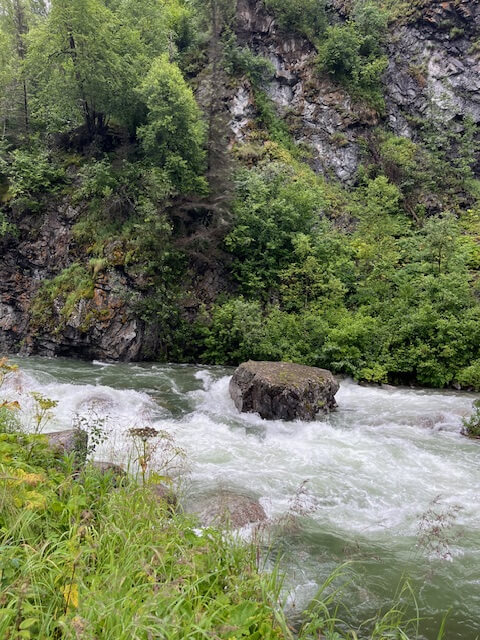
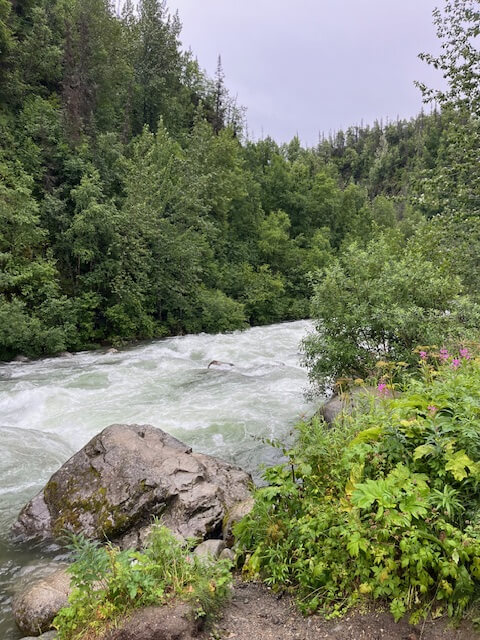

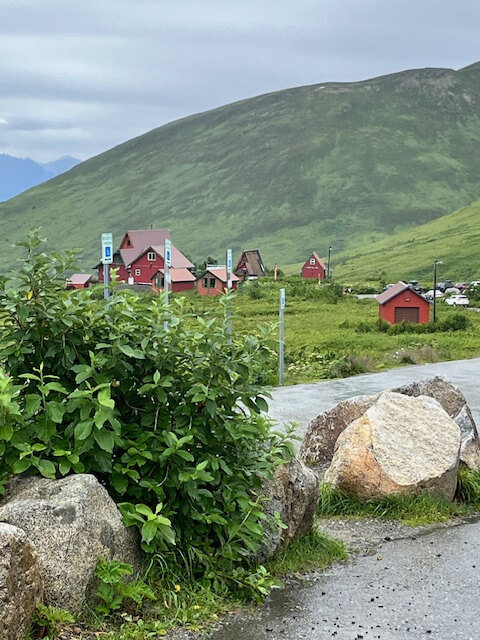



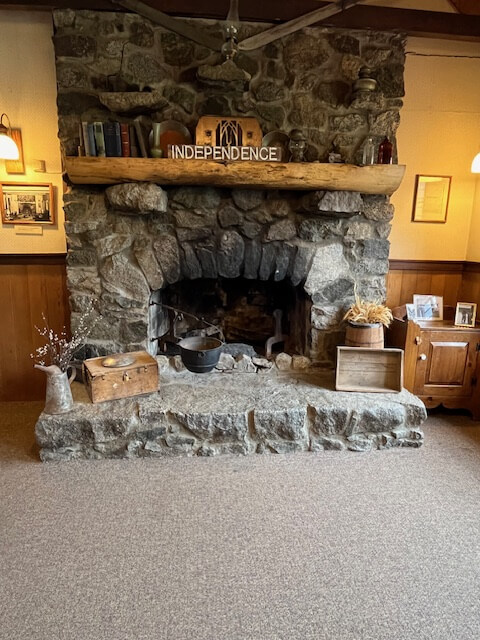

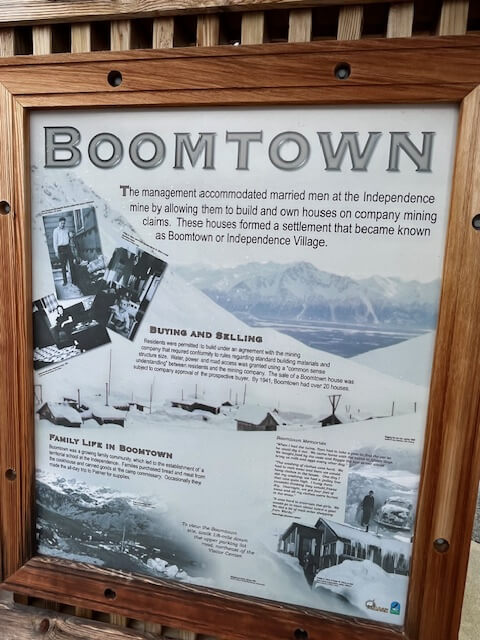

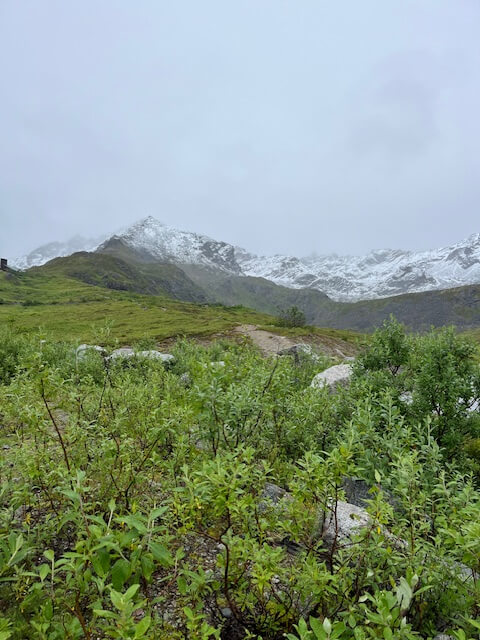
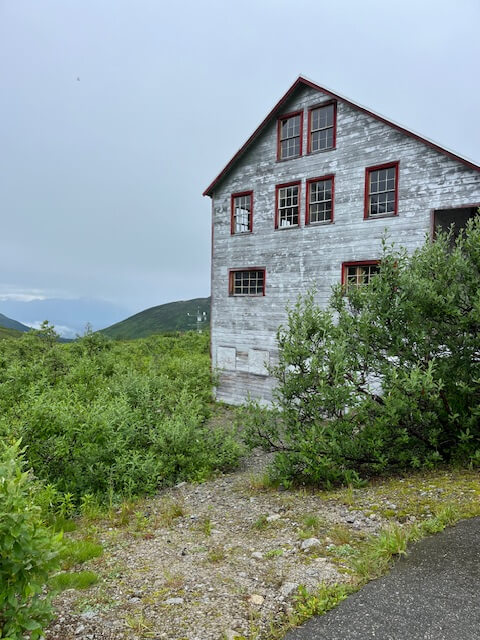

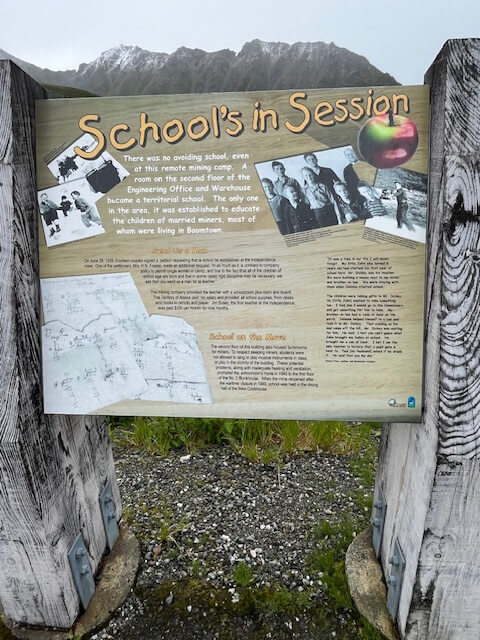




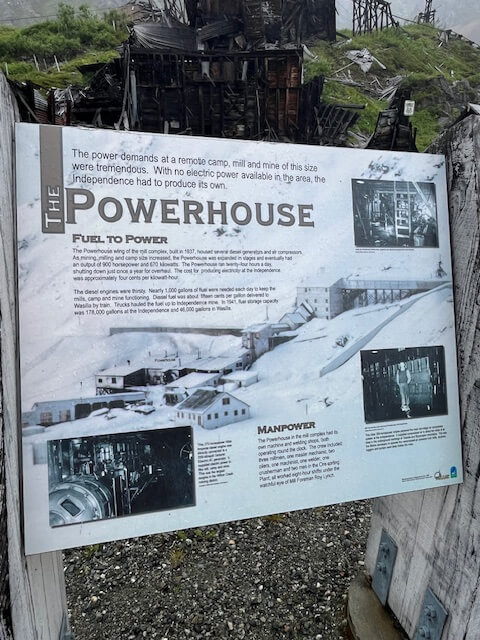
Driving along the pass after exploring the mine was a long drive! After the summit we came across a beautiful lake that was stocked with trout by the AFG (Alaska Fishing & Game) It was raining to hard for us to get enthusiastic about walking down and around it.
Next stop the Iditarod Trail Race Headquarters where we watched a fascinating film on the care of the dogs, the mushers and veterinarians. It was heartwarming to watch how important the health and well-being of the dogs are. Many of Mushers learned a lot from the dogs about life, love and being grateful for the present moment. It was raining off an on so the dogs were wet. well behaved and they loved the attention we were giving them.
Fun Facts:
In addition to the high standard of care provided by the mushers themselves, more than forty licensed veterinarians volunteer their time on the trail to perform routine evaluation.
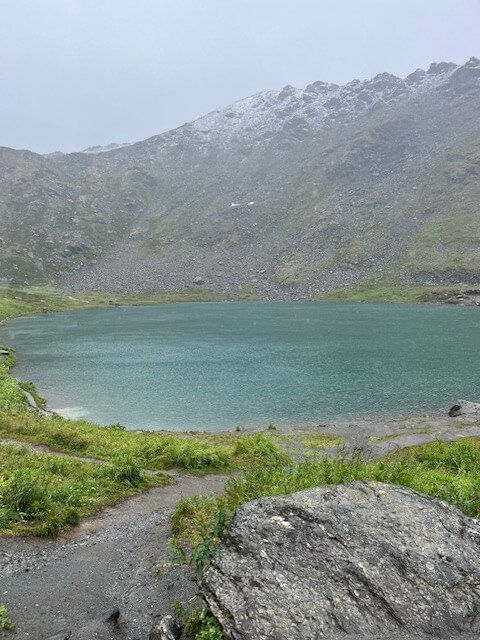

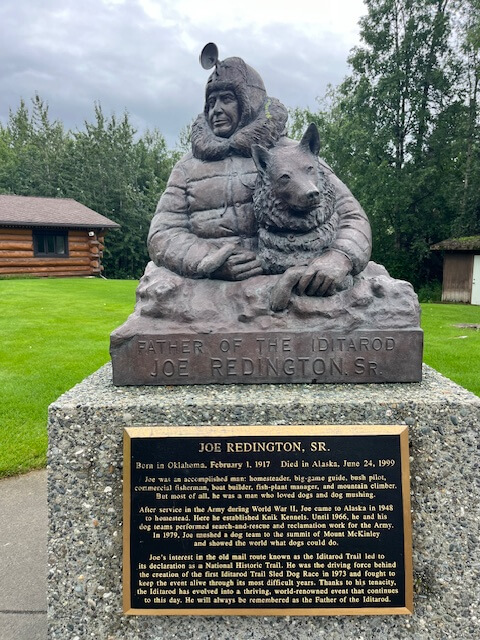
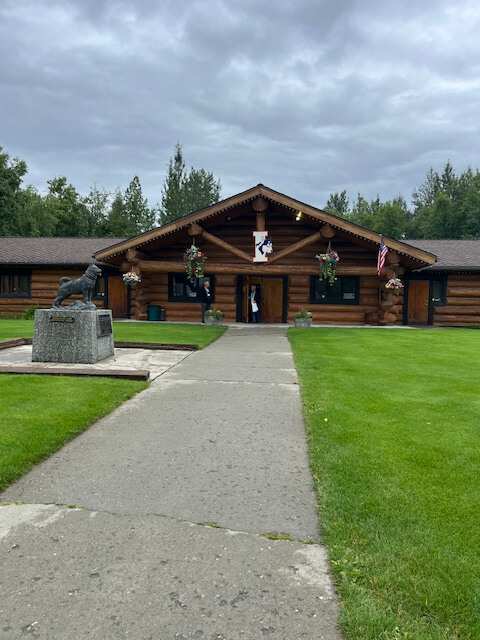
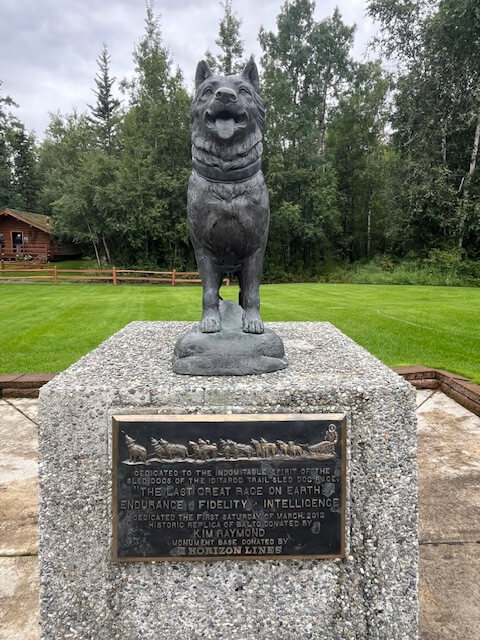

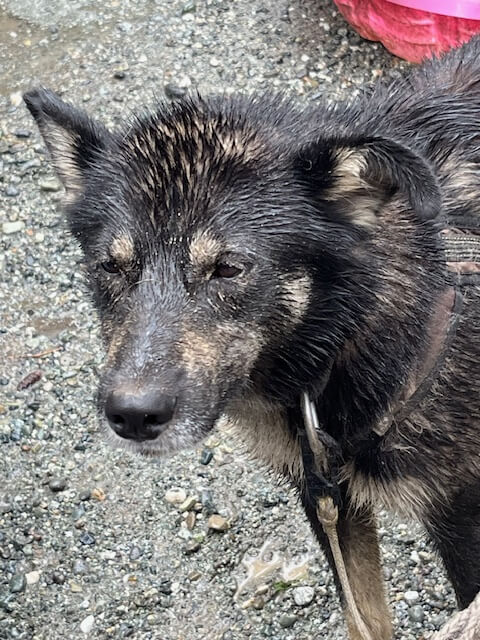

August 12
Upon awaking we ventured off to Reflection Lake for a hike. It was beautiful and a peaceful way to start our morning, embracing the serenity of nature.


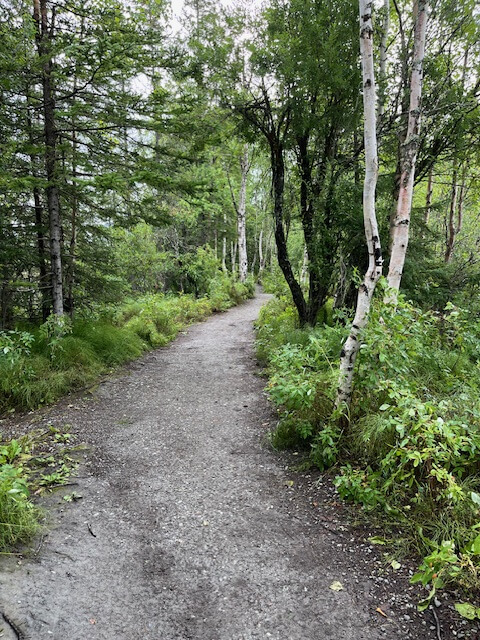
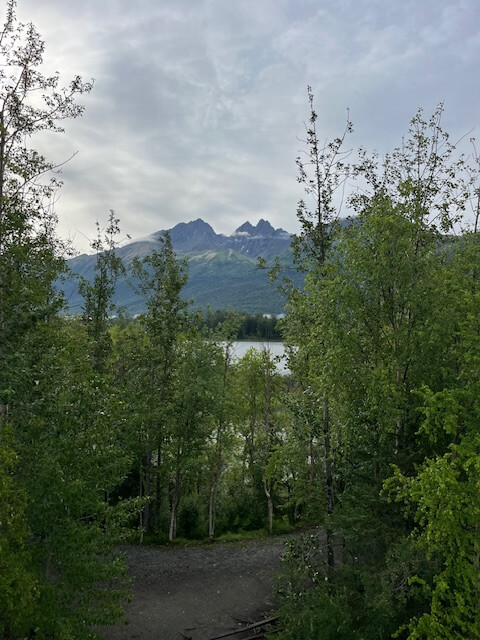

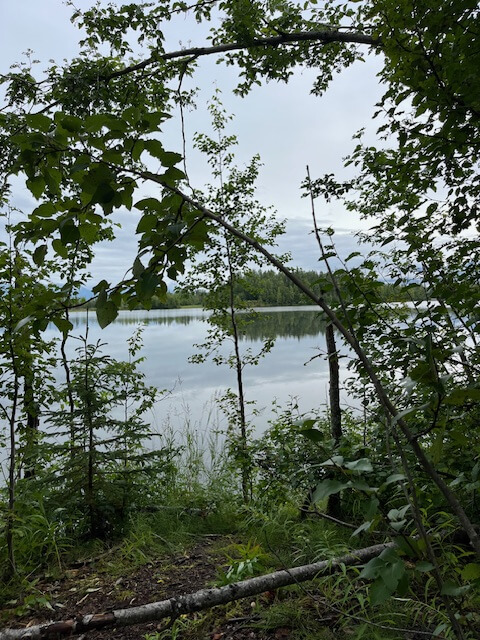


Back to the motorhome for a cozy lunch. We had planned a bike ride, but the rain persuaded us otherwise. Instead, we embarked on another hike. While the scenery wasn't the most picturesque, we still enjoyed the physical challenge of the trail's ups and downs. Plus, it was a great way to get more steps in and a good dose of cardio!



We decided to go back to the Visitor Center because I wanted to see the gardens there. What a fabulous way to close the day out. Beautiful!
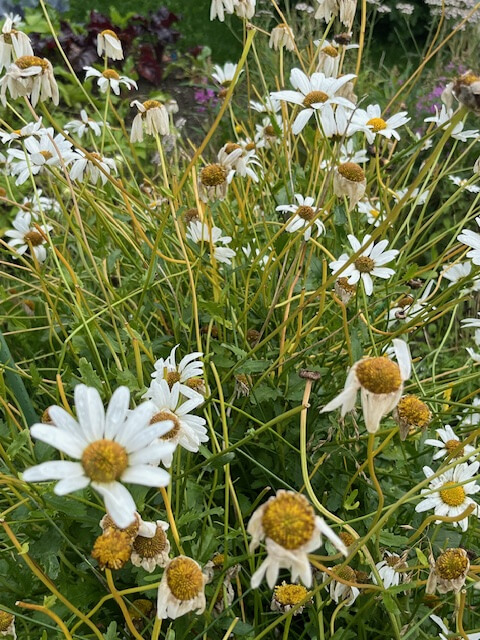



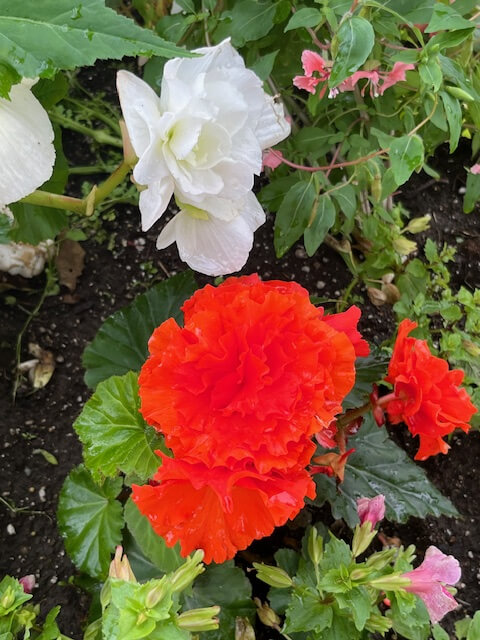
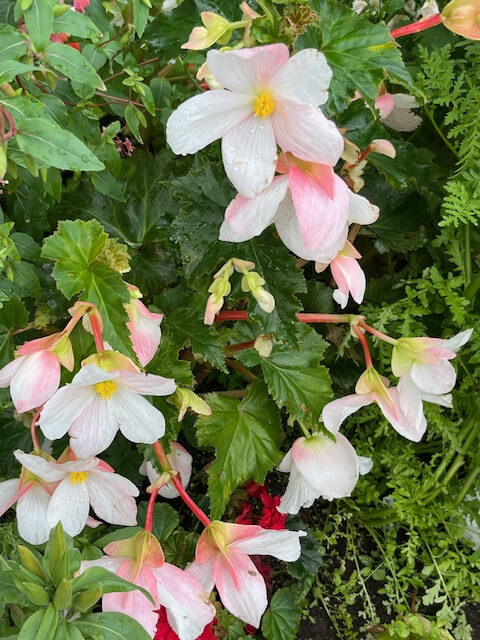


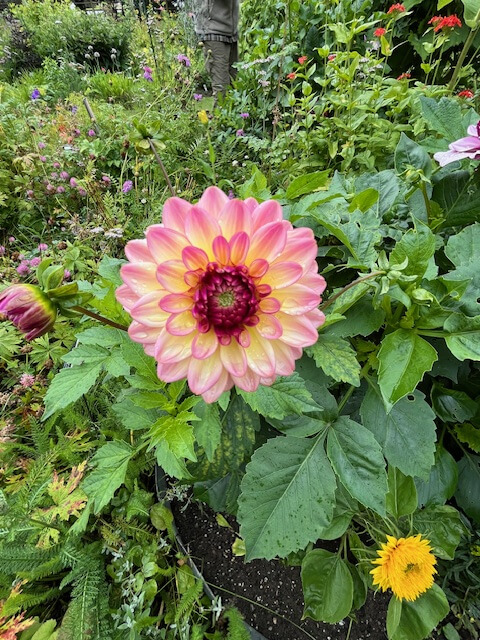




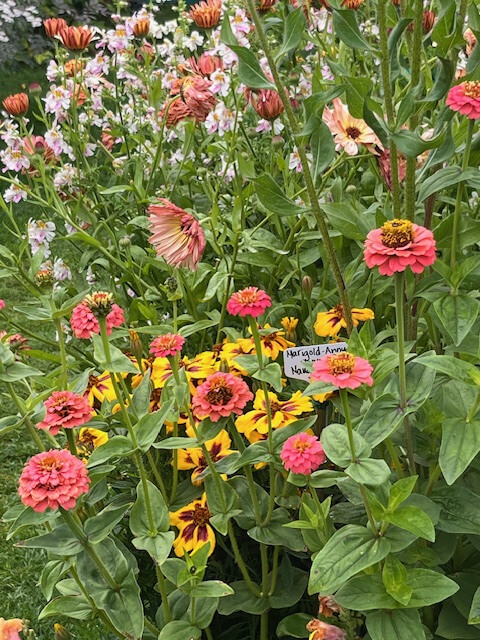



















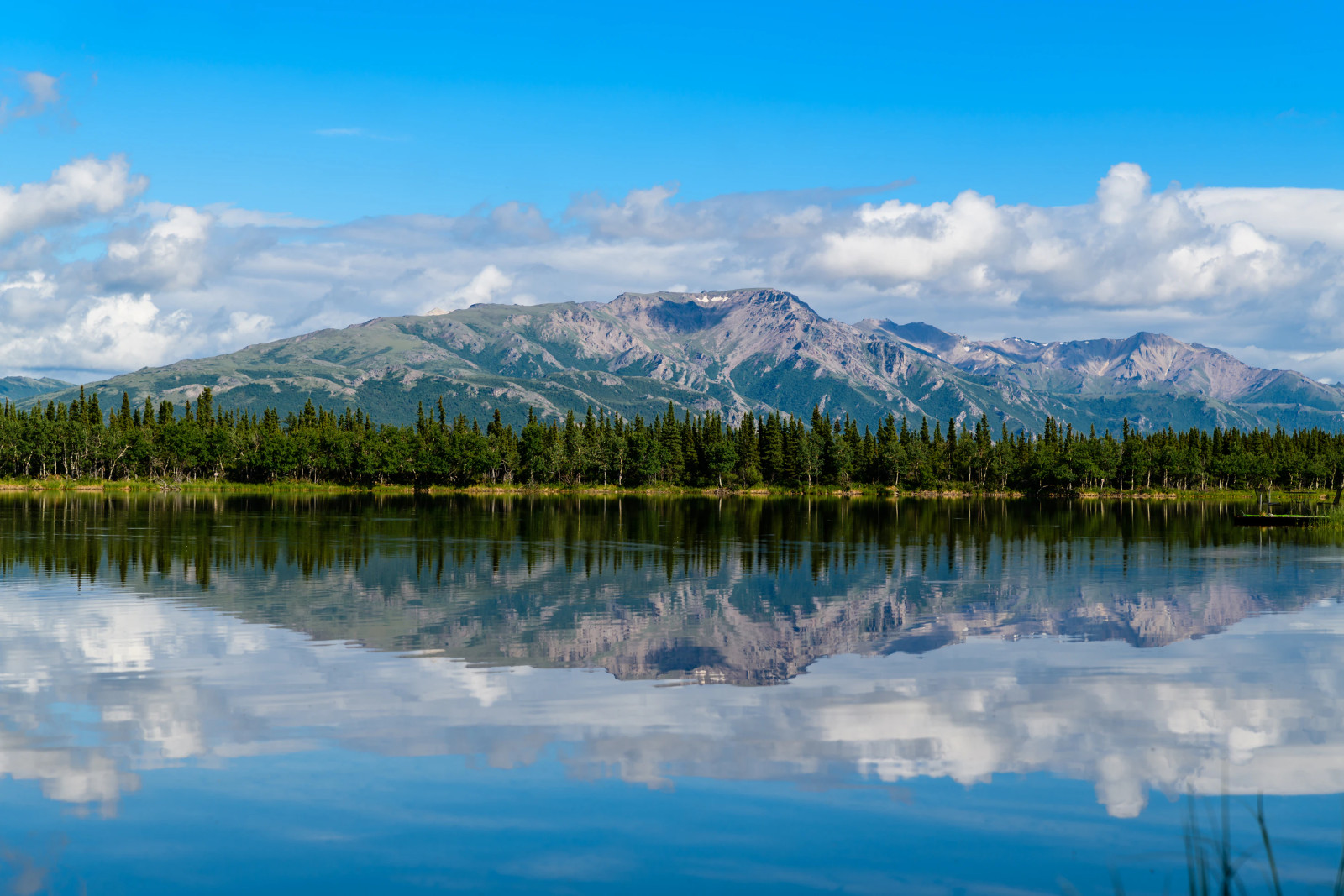




0 Comments